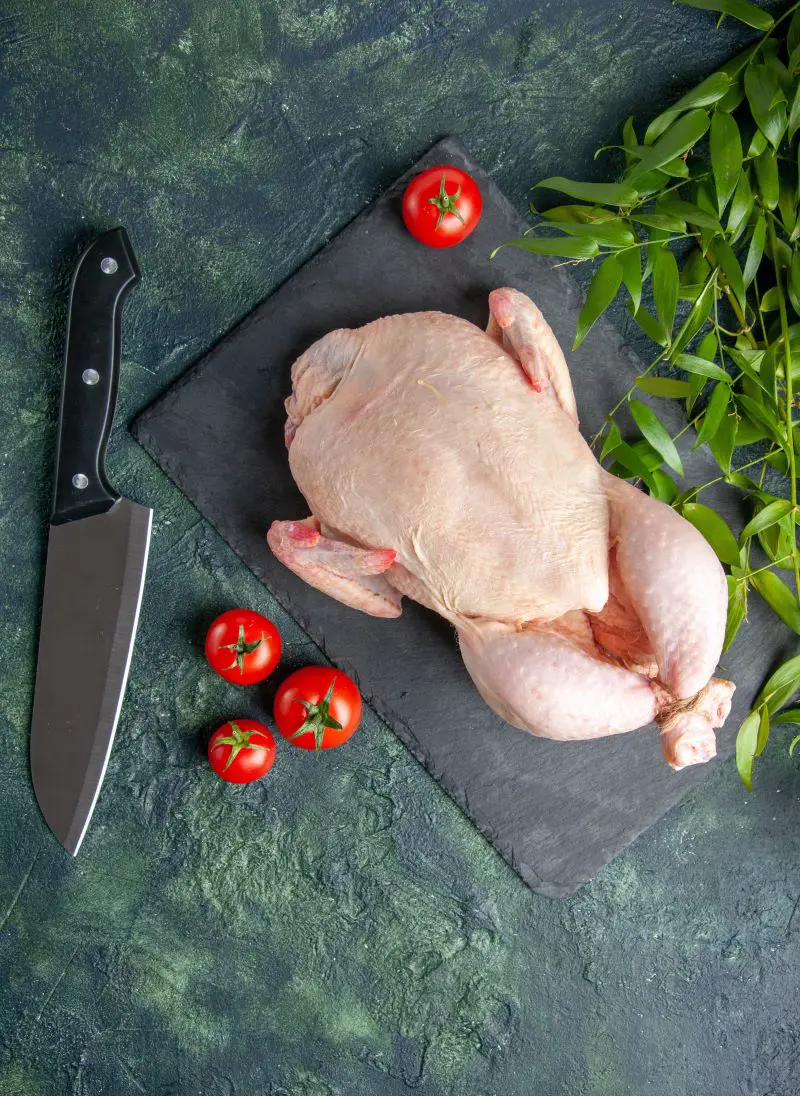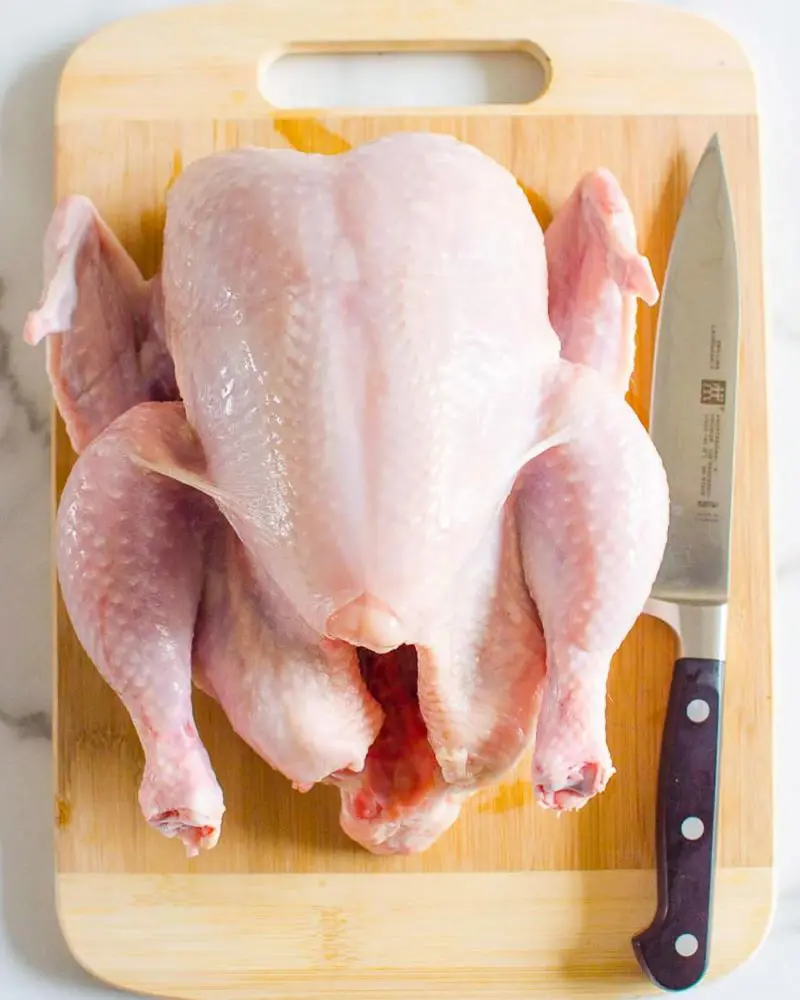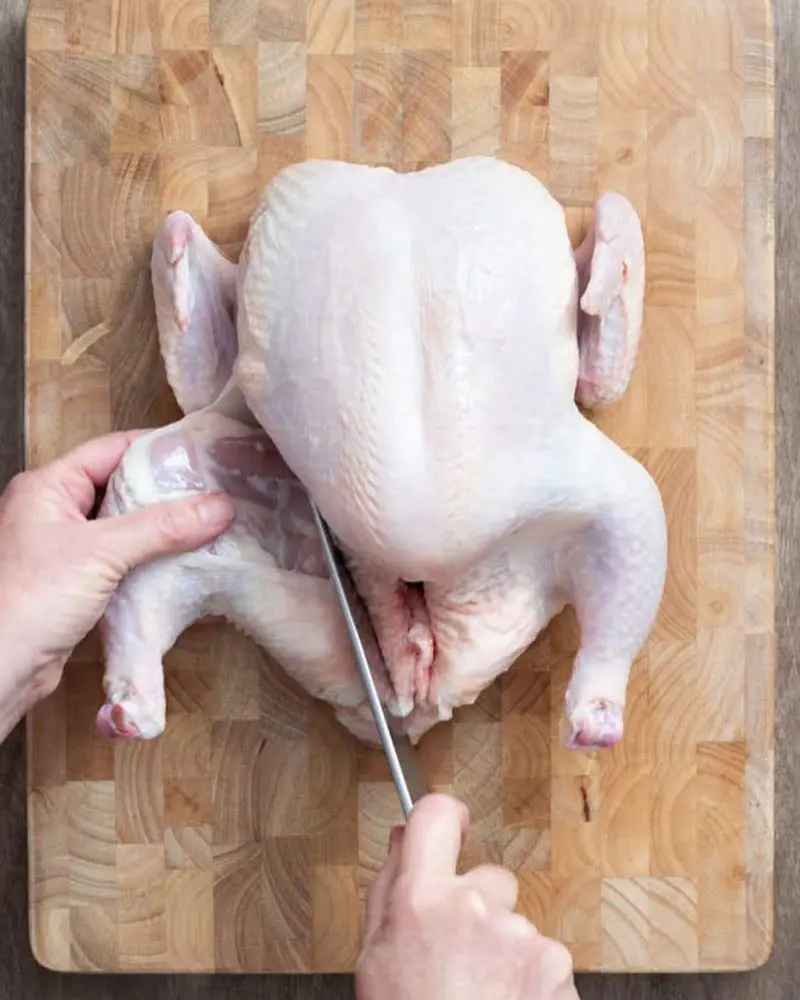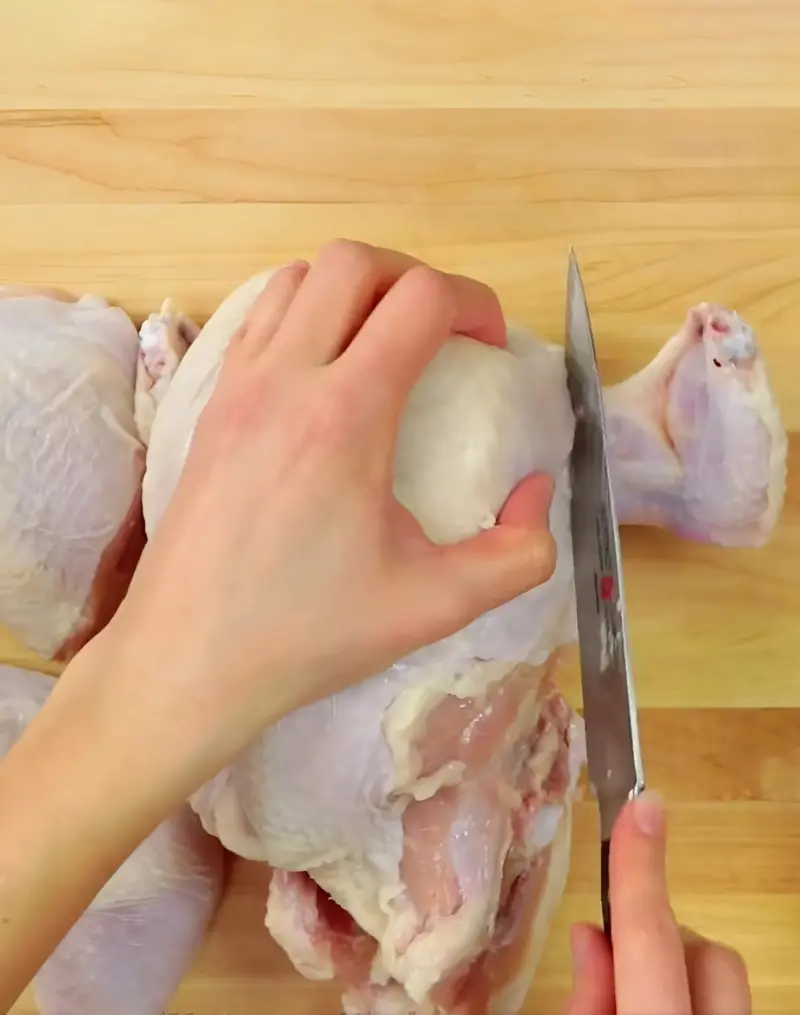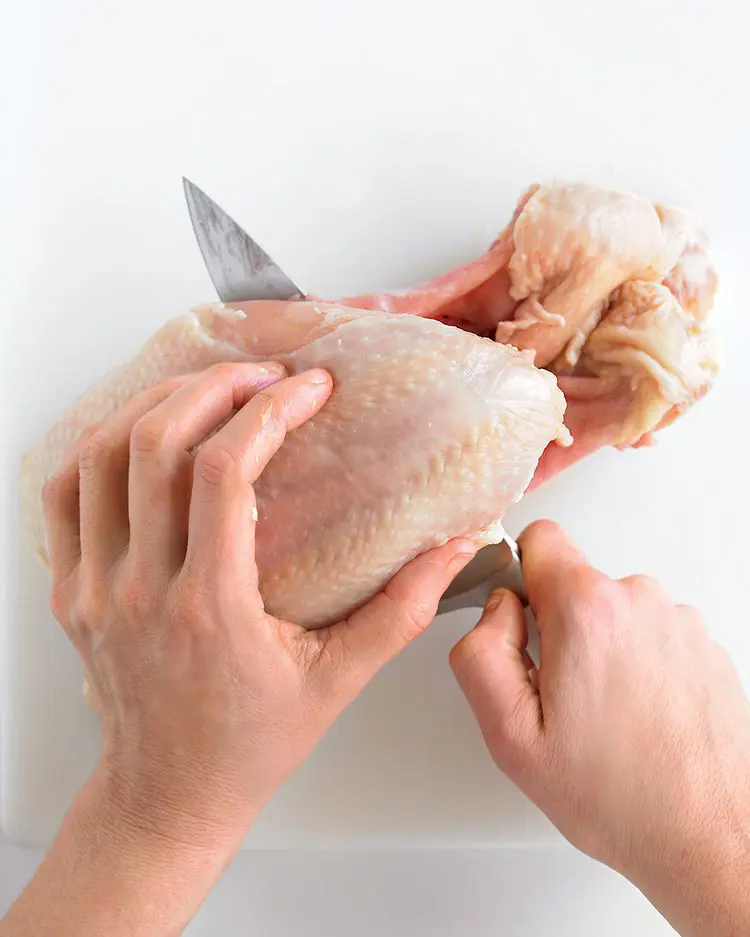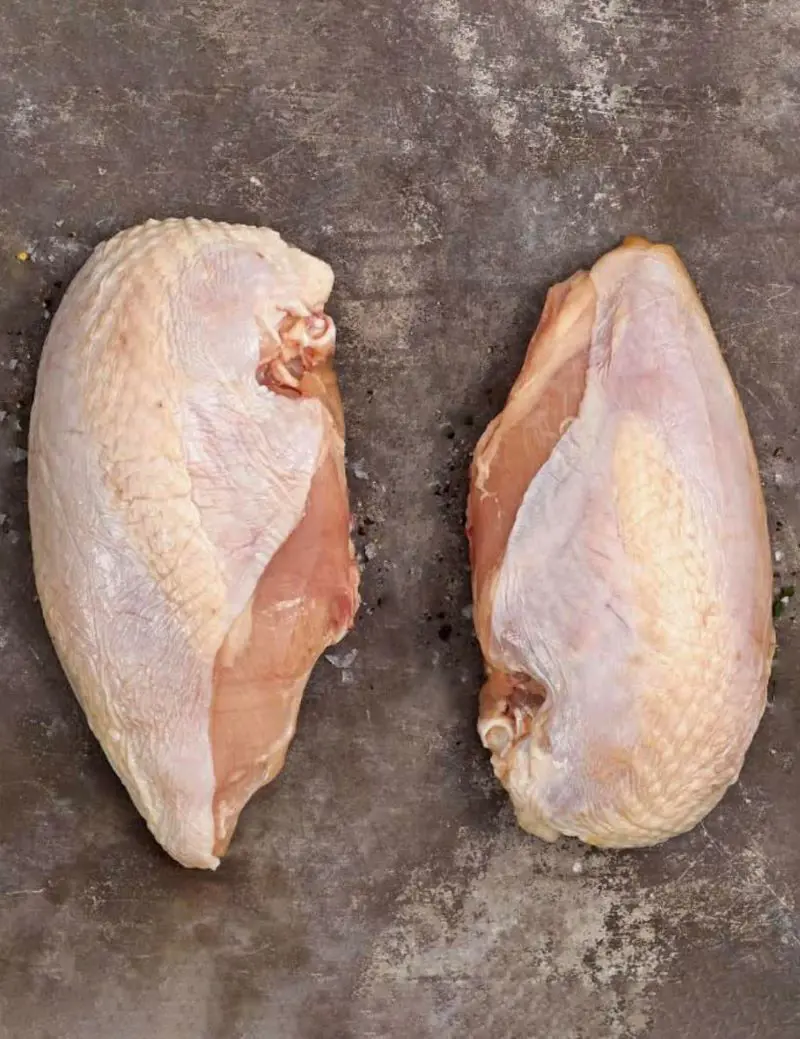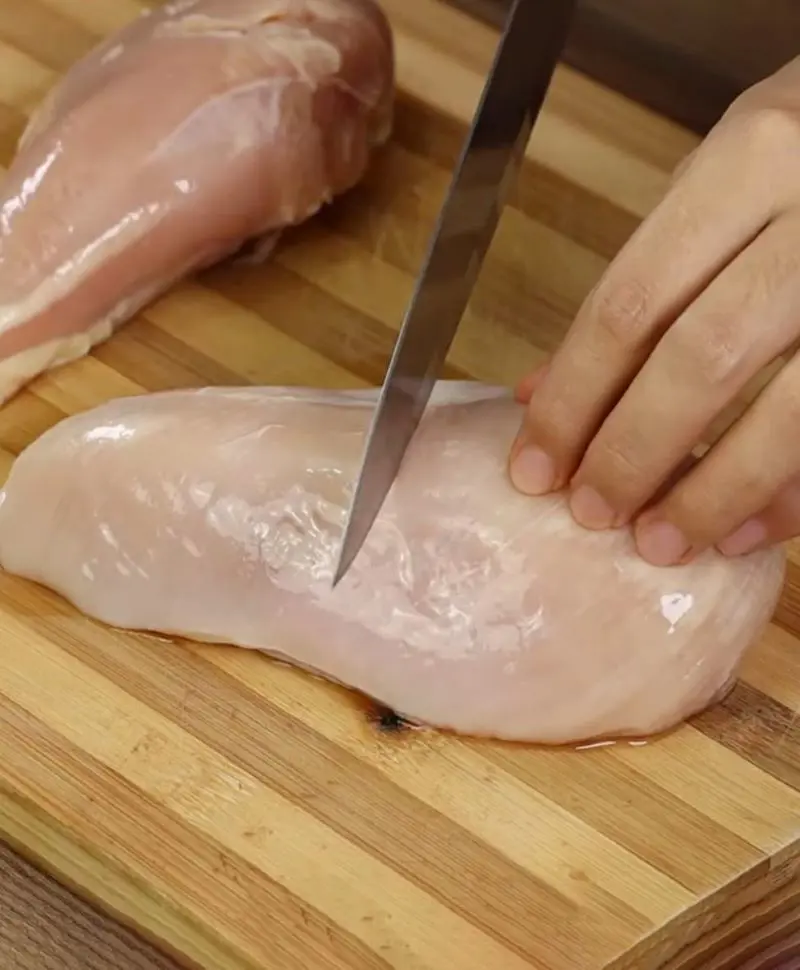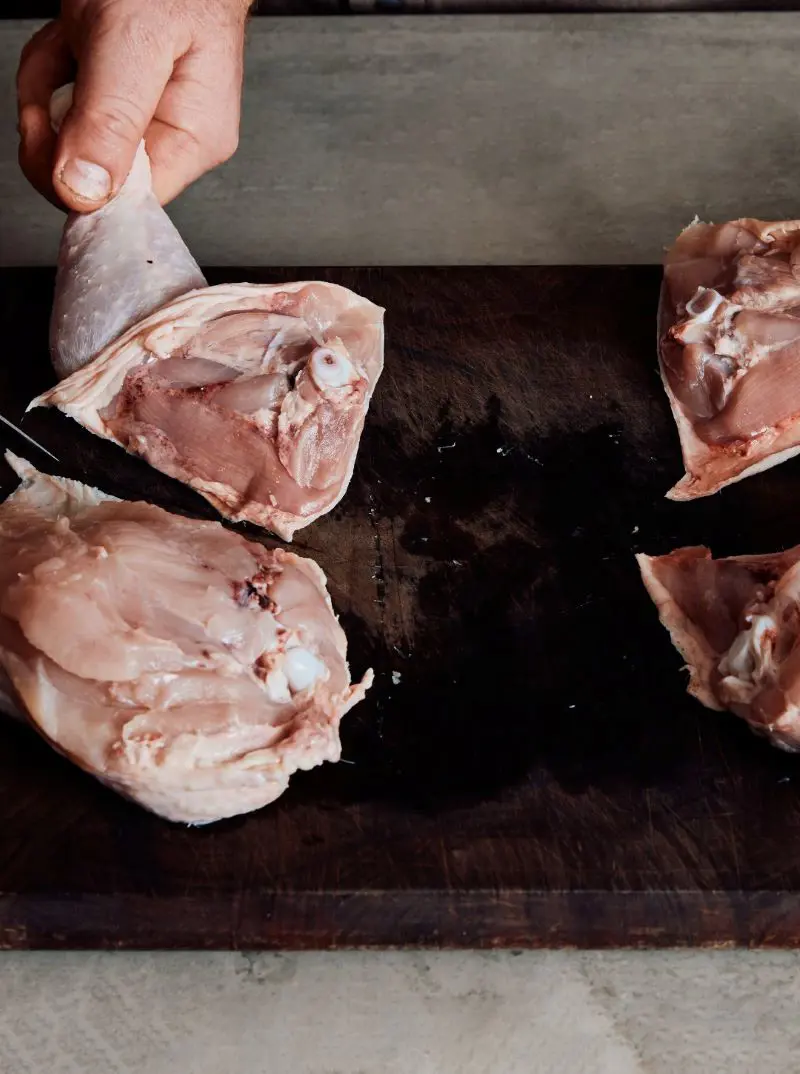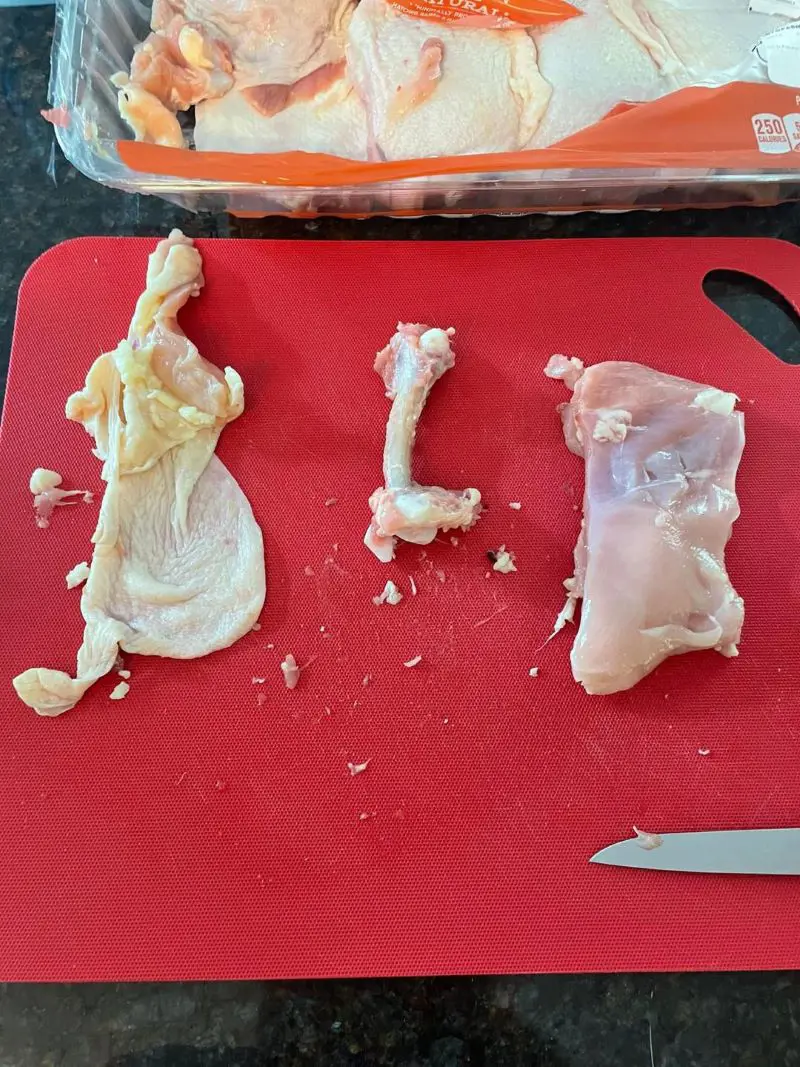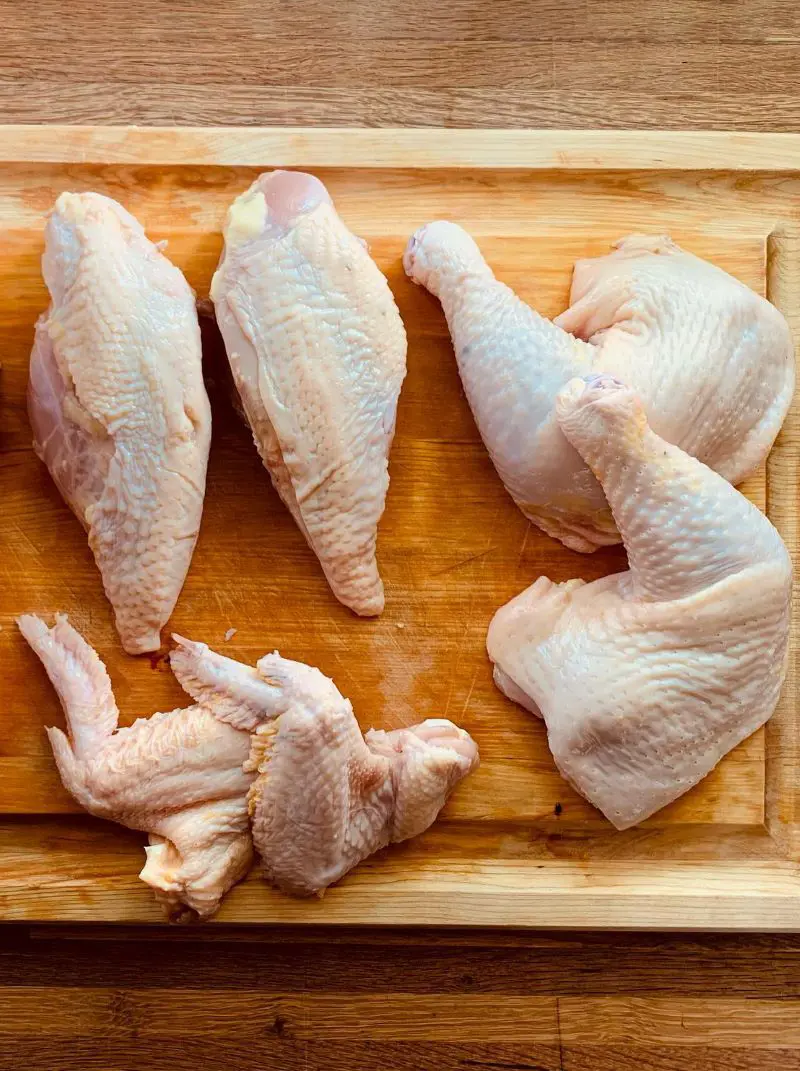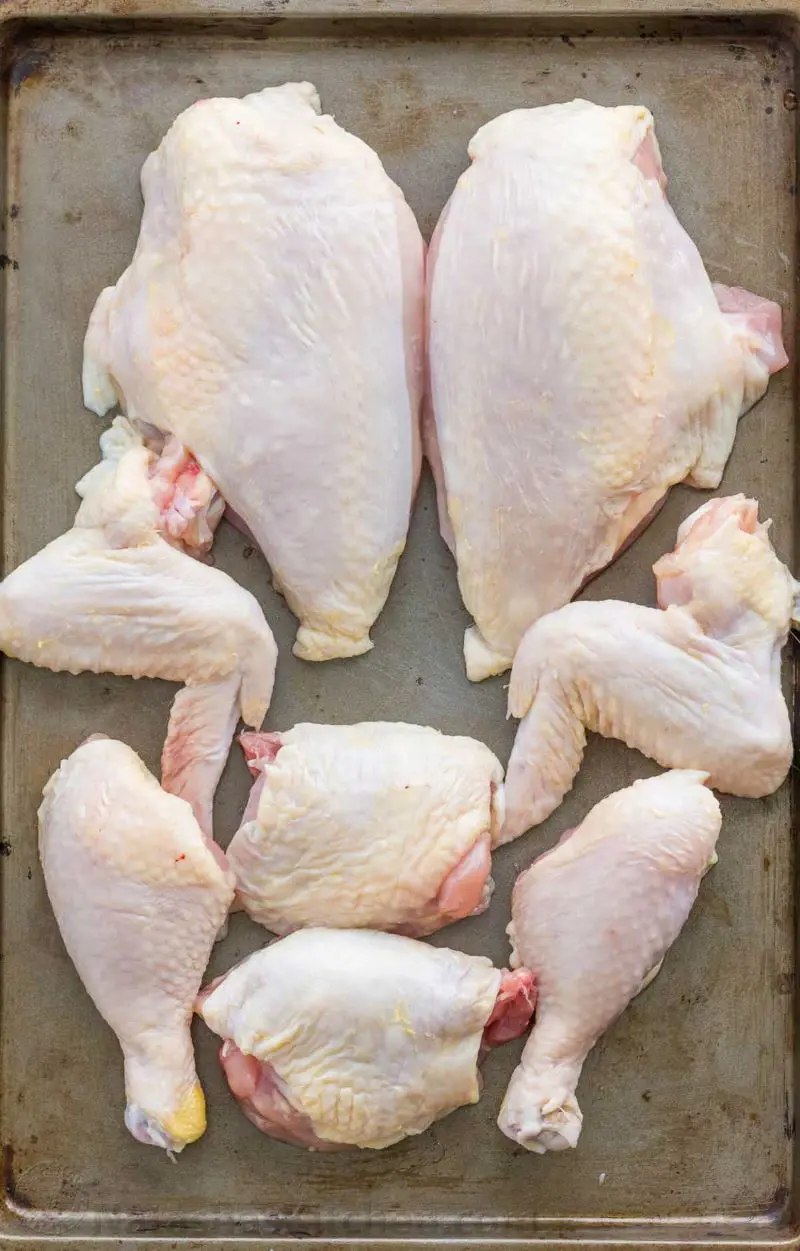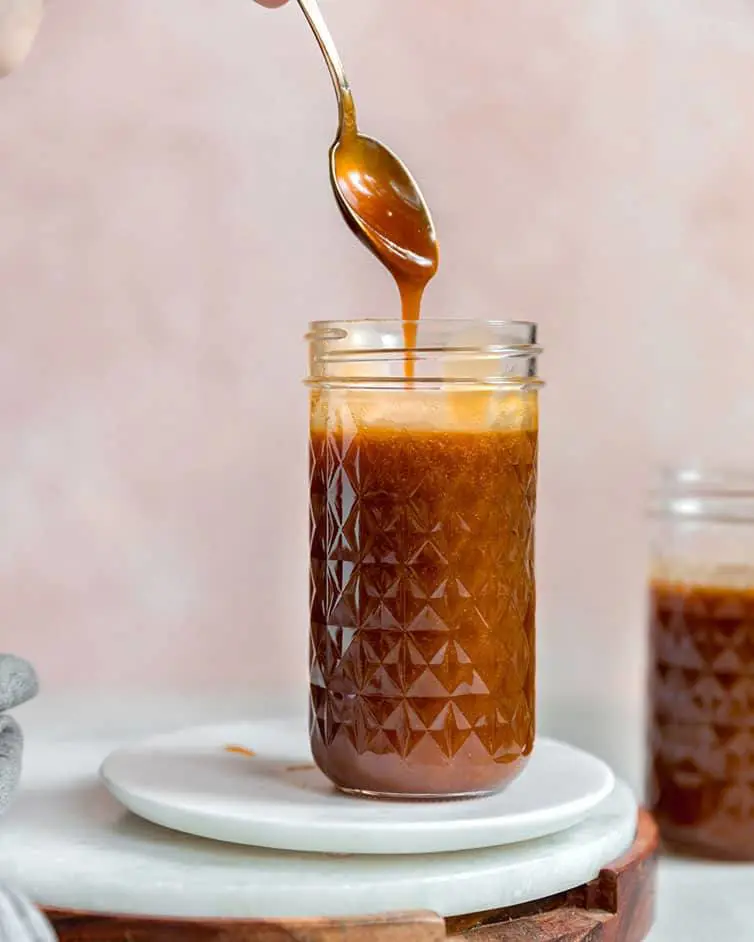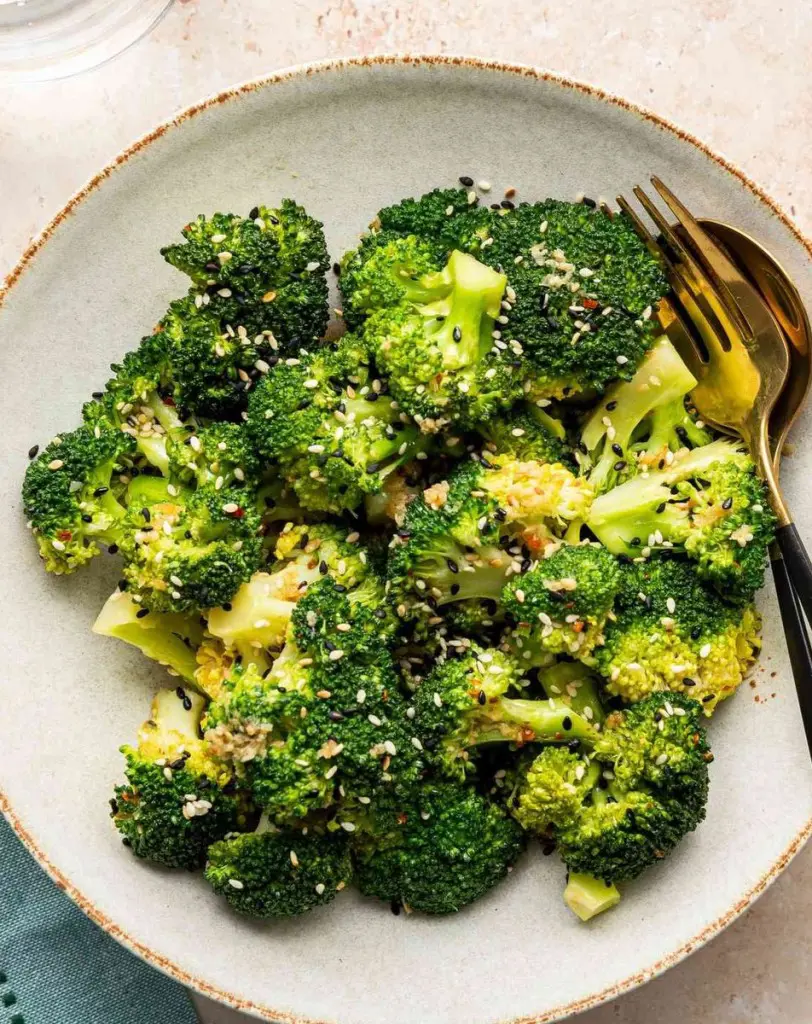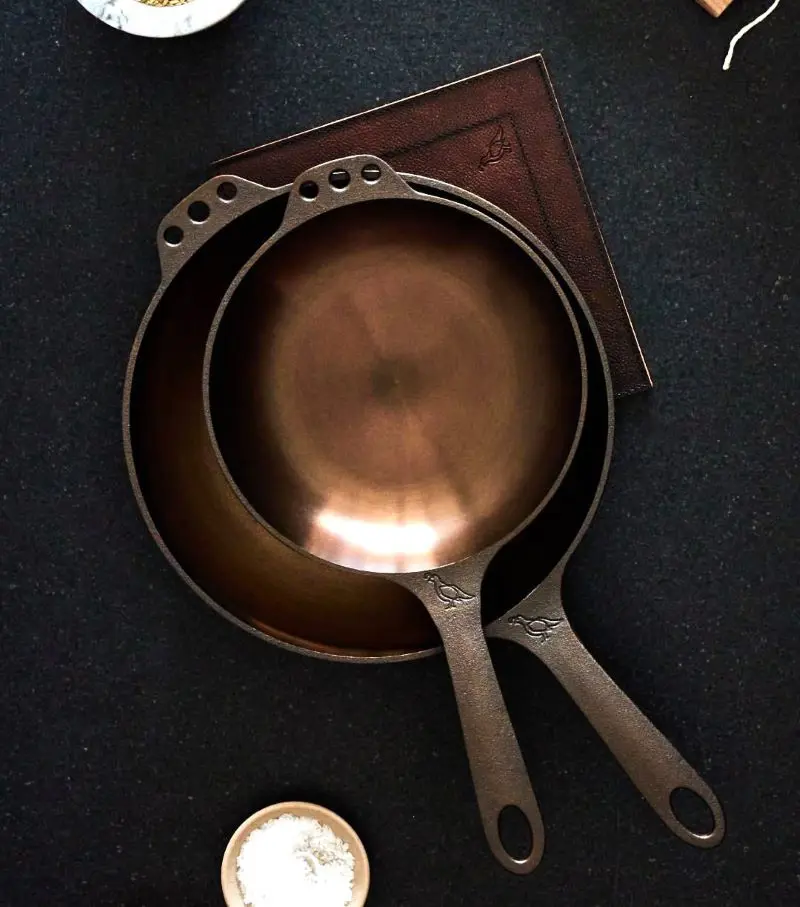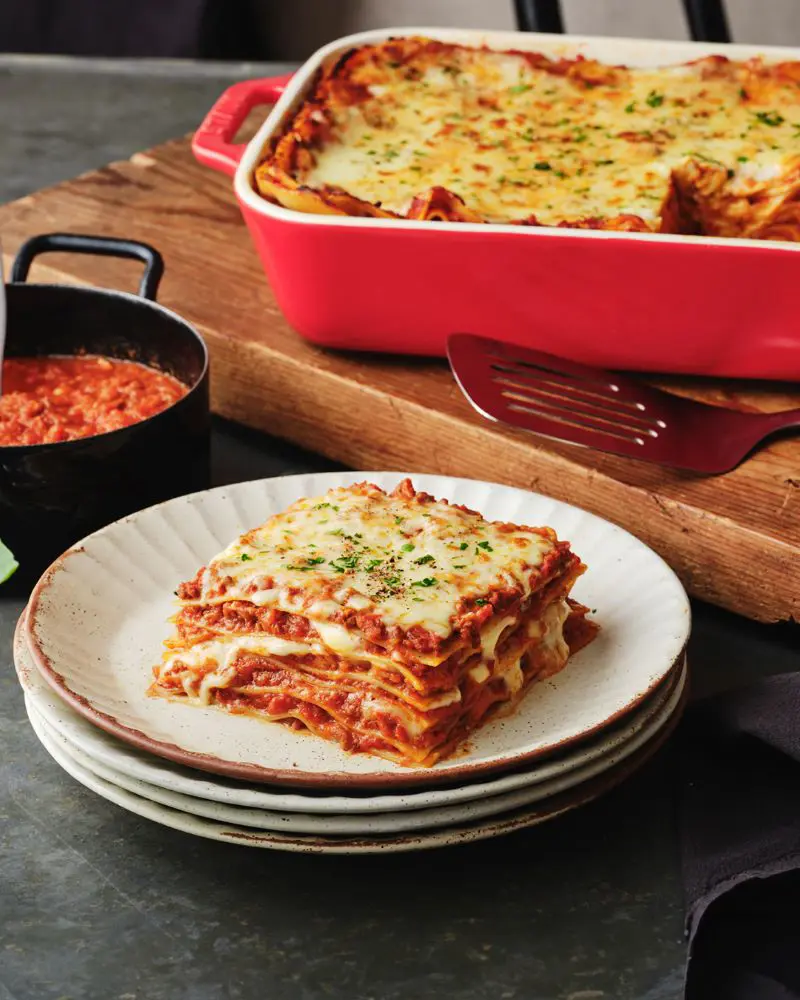What You Need For Cutting A Whole Chicken
You don't need fancy equipment here. Most home cooks already have these basic tools in their kitchen. The secret is to work with clean, sharp equipment and create a proper workspace. You'll need a few basic things to make this a smooth process.
Essential Supplies:
- Chicken: Pick a plump bird with pinkish skin and no bruising. For a family of four, a 4-5 pound chicken works perfectly. Smaller 3-pound birds are great for two, while large 6-pound feeds bigger groups. If your budget allows, go for pasture-raised chickens – they just taste better, and the meat has a better bite to it.
- Chef's Knife: First up is your knife - make sure it's sharp. Ever tried cutting through a sheet of paper? Your knife should glide right through it. Here's the thing about dull knives - they are clearly more risky because you end up forcing it, and that is when accidents occur.
- Kitchen Shears: Grab some kitchen scissors too. Sure, you could get fancy poultry shears, but regular kitchen scissors work just fine. You'll use these to cut through the backbone (the tough part) and trim off the extra fat and loose bits of skin. Make sure they're clean and sharp!
- Paper Towels: Keep plenty towels nearby! You'll need these to pat the chicken dry. Also, use them to clean up juices that come out of the cut or to wipe your hands between cuts. It makes the process less messy, and having them within arm's reach makes the task hygienic.
- Cutting Board: Go big here – at least 15x20 inches. Pick a cutting board with a groove around the edge to catch any juices. Plastic boards are great considering the fact that you can pop them in the dishwasher afterward.
